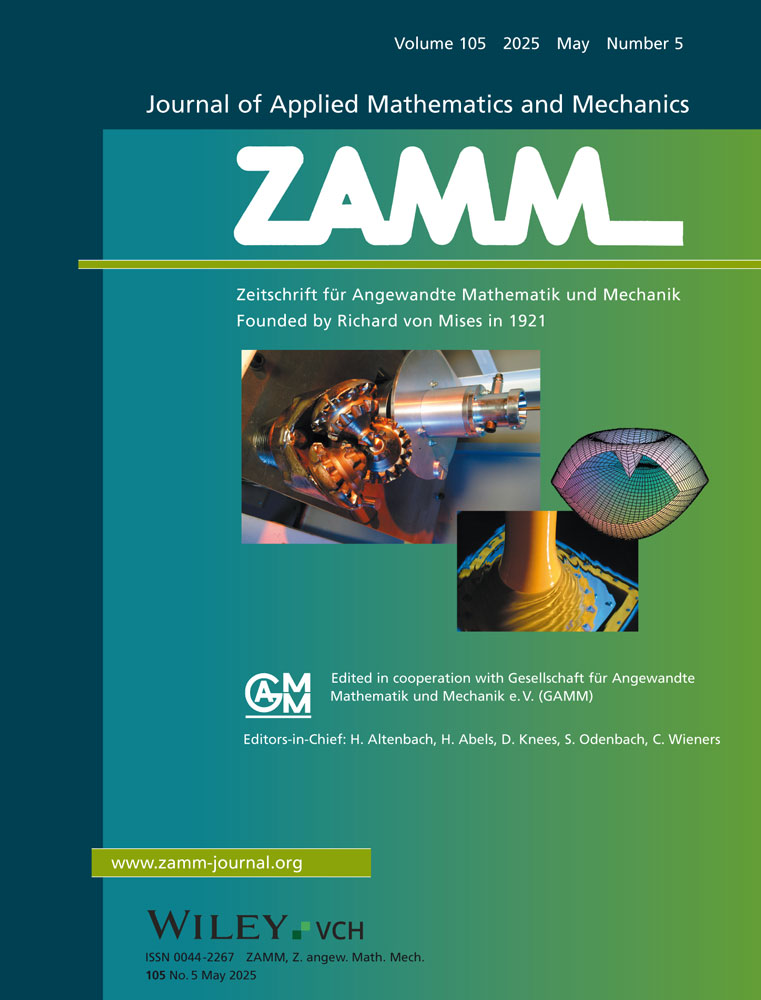Numerical MHD heat transport in C12H26-C15H32 using modified Tiwari–Das model inspired by nanoparticles characteristics
Abstract
Different engineering systems acquired high energy fluids to cope with the problem of heat transfer in which the Nanofluids are progressive fluids that strengthen their roots in the modern arena owing to their improved thermal characteristics. These applicable at large-scale but not restricted to engineering systems ranging from automotive industry, medical arena, electronics, heating of buildings, chemotherapy, medication, nuclear reactors, heat exchangers, aerodynamics, electrical, and chemical engineering. Many of the engineering systems exhibit the flow over spinning sphere. The core focus of this research is to analyze a heat transfer fluid model comprising penta-composites thermal conductivity (PCT) [Al2O3, CuO, TiO2, Ag, and CdTe] saturated in the host solvent C12H26-C15H32. The penta-hybrid nanofluid (PHNF) model first time reported in this study, and it will add values in industry and play the role of umbrella over the traditional nanofluid classes. To investigate the actual facts regarding the heat transport in penta-nanofluid, RK technique is adopted and achieved remarkable results. The penta-composites observed as catalysis in the formation of penta-nanofluid which boosts internal heat capability and is dominant over common nano and ternary nanofluids. Moreover, the shear stresses and surface heat trends are optimum for penta-nanofluid than nano and ternary nanofluid.
CONFLICT OF INTEREST STATEMENT
The authors declare no conflicts of interest.




